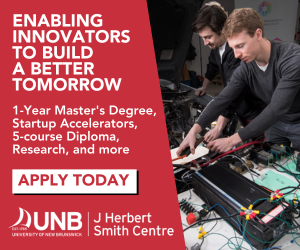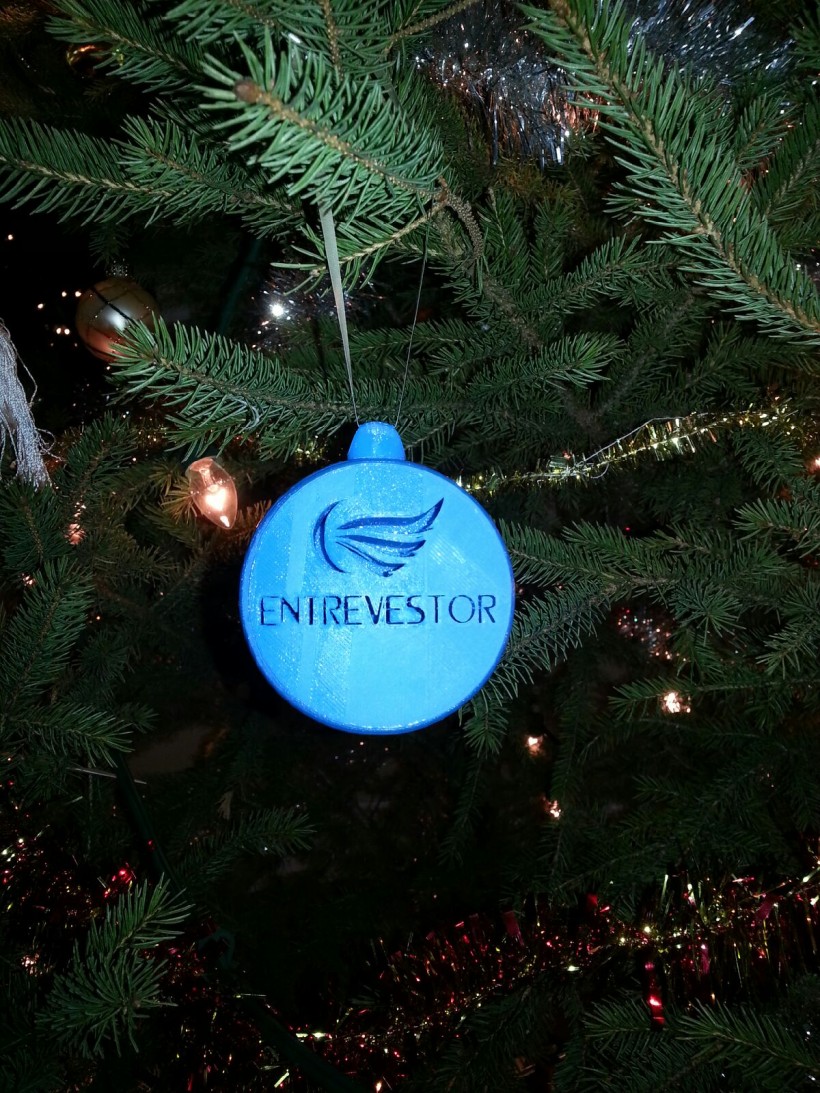Mining technology startup Scient has launched a virtual library of rock cores from throughout Nova Scotia, a year after it began digitizing the provincial repository, offering geologists and mining companies a way to access key data without traveling to the collection's physical site in Stellarton.
In an interview Wednesday, CEO Masoud Aali said the project is aimed at creating a publicly accessible example of the benefits offered by Scient's technology for analyzing mining core samples. The virtual repository, funded partly by that agency’s Mineral Resources Development Fund and complementing two private sector projects Scient is working on. It also comes as Aali prepares to begin raising a $1 million pre-seed funding round next quarter.
Normally, human experts use visual inspections of core samples to make best guest estimates of where to find natural resources — a process that proves fruitless more often than not. Halifax-based Scient’s technology instead analyzes the core samples using a combination of hyperspectral imaging, which can see light outside the visible wavelengths, and a cloud-based artificial intelligence system.
“The motivation is really to show the mining community hyperspatial core imaging as a technology is superior to the status quo,” said Aali. “It’s part of our goal to educate the community about the added benefits of this technology — how they can reduce the risk of exploration in the province, but also incentivize further exploration.
“I’m hoping that the whole province will benefit from this by attracting more investment into the mineral exploration sector.”
Aali, at the time a postdoc in geophysics at Dalhousie University, founded Scient in 2020 based on his academic research. The company uses a hardware and software suite to scan and analyze the contents of core samples, offering what it describes as a roughly 60 percent cost reduction compared to manual analysis.
The virtual core library, including both extremely high resolution image files and data from the hyperspectral analysis, is free for anyone to access using Scient’s own software, which offers features such as the ability to view the mineral content of a drill core with a single click.
“During the software development, one of the key requirements that we put forward for the development team was to be geologist-centric, and make sure that it’s custom built for the mining sector,” said Aali, noting that competing products are typically designed for a range of scientific applications, rather than being purpose built for a single use case.
He added that Scient is keen to collaborate more with post-secondary institutions on research, and its seven-person team has been working with Acadia University since last fall, providing technology and support services, and aiming to expand its research collaborations with Saint Mary’s University and Dalhousie University.
“It’s about educating the community, educating the next generation of professionals to use Scient’s technology fresh out of school,” said Aali.










